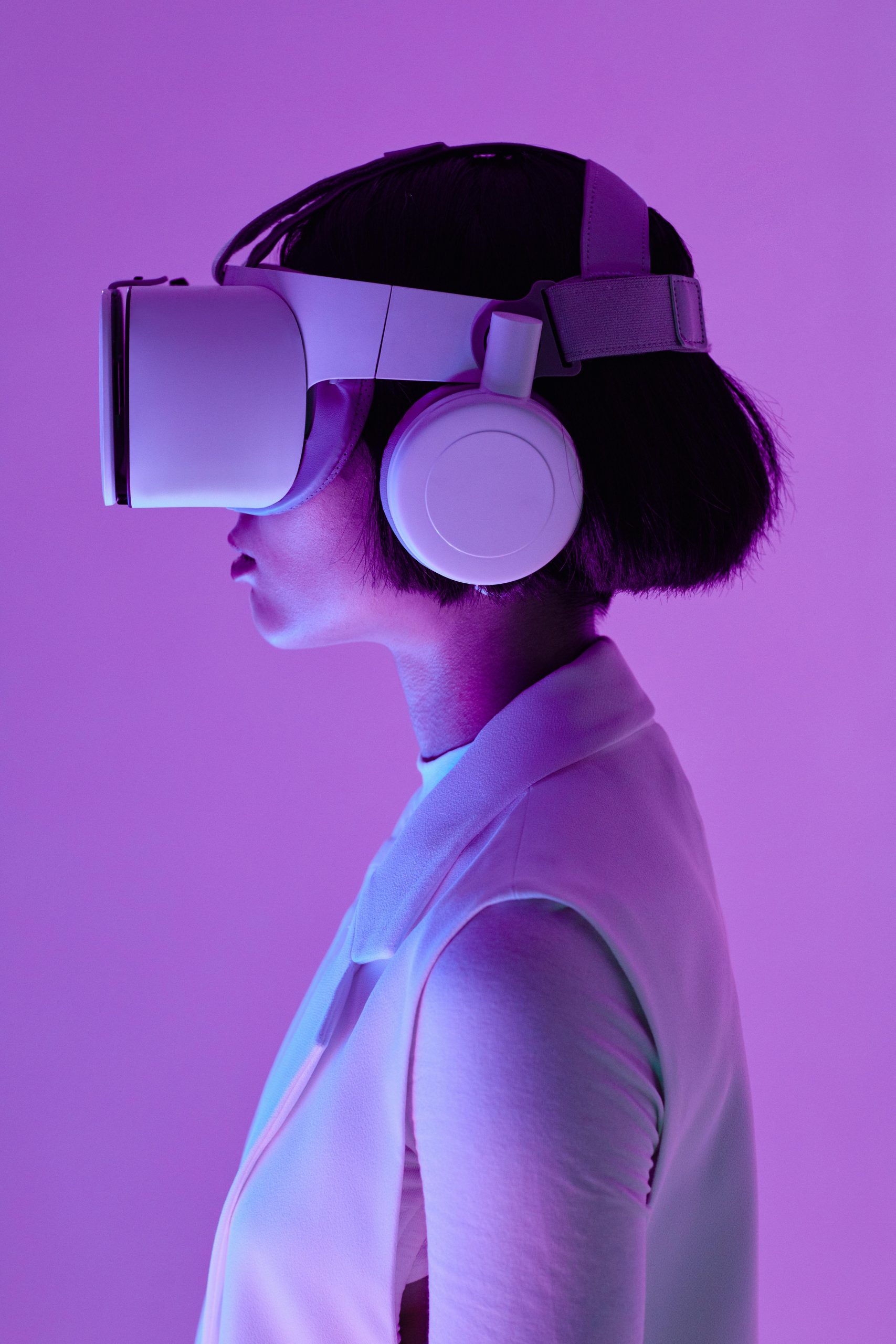A Guide to Optimal Image Sizes for Your WordPress Website
Creating a visually appealing website is an essential aspect of establishing your online presence, especially for a stealth startup. While you may not be a web design expert, understanding the best practices for image sizes and formats can significantly enhance your site’s performance and aesthetics. Here’s a breakdown of the ideal specifications for various types of images you might use on your WordPress site.
Primary Logo: Dimensions and Format
Your brand’s logo is a crucial element of your website, serving as a representation of your identity. For optimal clarity and scalability, it is recommended to use a SVG format whenever possible. SVG files are vector-based, ensuring that your logo maintains its quality across various screen sizes.
- Recommended Size: Aim for a width of 500 pixels, with a resolution of 72 PPI (pixels per inch). This size ensures it looks crisp on most displays, but you may adjust dimensions based on your theme’s specific requirements.
Press Logos Bar: Optimal Specifications
If you plan to feature logos of media outlets or partners (often referred to as “As Seen In”), the presentation should be equally sharp and professional.
- Format: Consider using PNG, as it supports transparency and maintains high quality.
- Recommended Width: A width of 600 pixels is usually sufficient, with a resolution of 72 PPI. This combination will keep them looking good without overwhelming the layout.
Executive Headshots: Recommendations
Professional headshots add a personal touch to your website, particularly if you are depicting a team or leadership.
- Format: Again, PNG is a great choice for headshots due to its high-quality preservation.
- PPI: Use 72 PPI, while the dimensions can be adjusted based on the theme. A common size is 300×300 pixels but ensure compatibility with your site’s design.
Regular Photos: Best Practices
For other images, like product photos or blog visuals, the size and format can vary.
- Format: JPEG is typically preferred for regular imagery since it allows for good quality at smaller file sizes.
- Recommended PPI: Stick with 72 PPI for online use, and consider dimensions of 1200 pixels in width to ensure your images are crisp while being web-friendly.
Conclusion
In summary, focusing on the right image sizes and formats is essential for the professionalism of your WordPress site. By adhering to these guidelines, you’ll not only optimize the visual aspects of your startup’s website but also improve loading times and user experience. Happy building!
Feel free to reach out with more questions as you continue your website journey. Thank you for stopping by!


2 responses to “Recommended image sizes for common website usage”
Great question! When building a website, especially for a stealth startup, attention to detail regarding image sizes and formats is essential for both aesthetics and performance. Here’s a breakdown of best practices for various types of images you’ll likely use on your WordPress site.
1. Primary Logo
2. Press Logos Bar (e.g., “As Seen In…”)
3. Executive Headshots
4. Regular Photos
Additional Practical Advice
Conclusion
By following these best practices for image sizes and formats, you will enhance your website’s load speed, user experience, and visual appeal. Keep testing different sizes and formats to see what works best for your specific theme and layout. Best of luck with your stealth startup!
Thank you for this insightful post! Understanding image size and format is crucial for enhancing website performance, especially for new startups striving to establish a strong online presence. I’d like to add that while the specified sizes are an excellent starting point, consider implementing responsive design principles as well. Using CSS or JavaScript to serve different image sizes based on the user’s device can further optimize load times and ensure images look great on any screen.
Moreover, leveraging tools like image compression software can significantly reduce file sizes without sacrificing quality, which is vital for maintaining fast loading speeds—a critical factor for user retention. Lastly, don’t forget to utilize descriptive alt text for all images; it not only enhances accessibility but also contributes to your site’s SEO, helping your stealth startup gain visibility in search results. Thanks again for highlighting such an important topic!